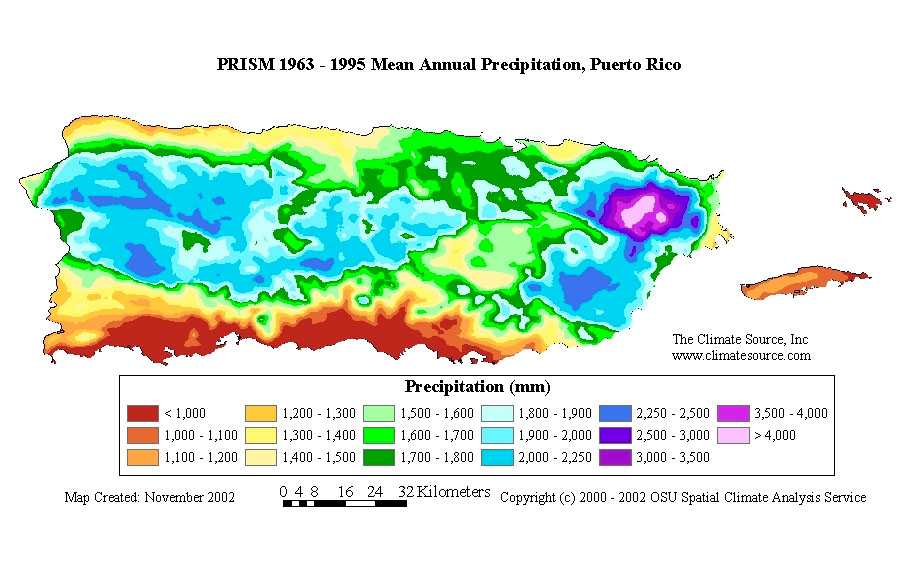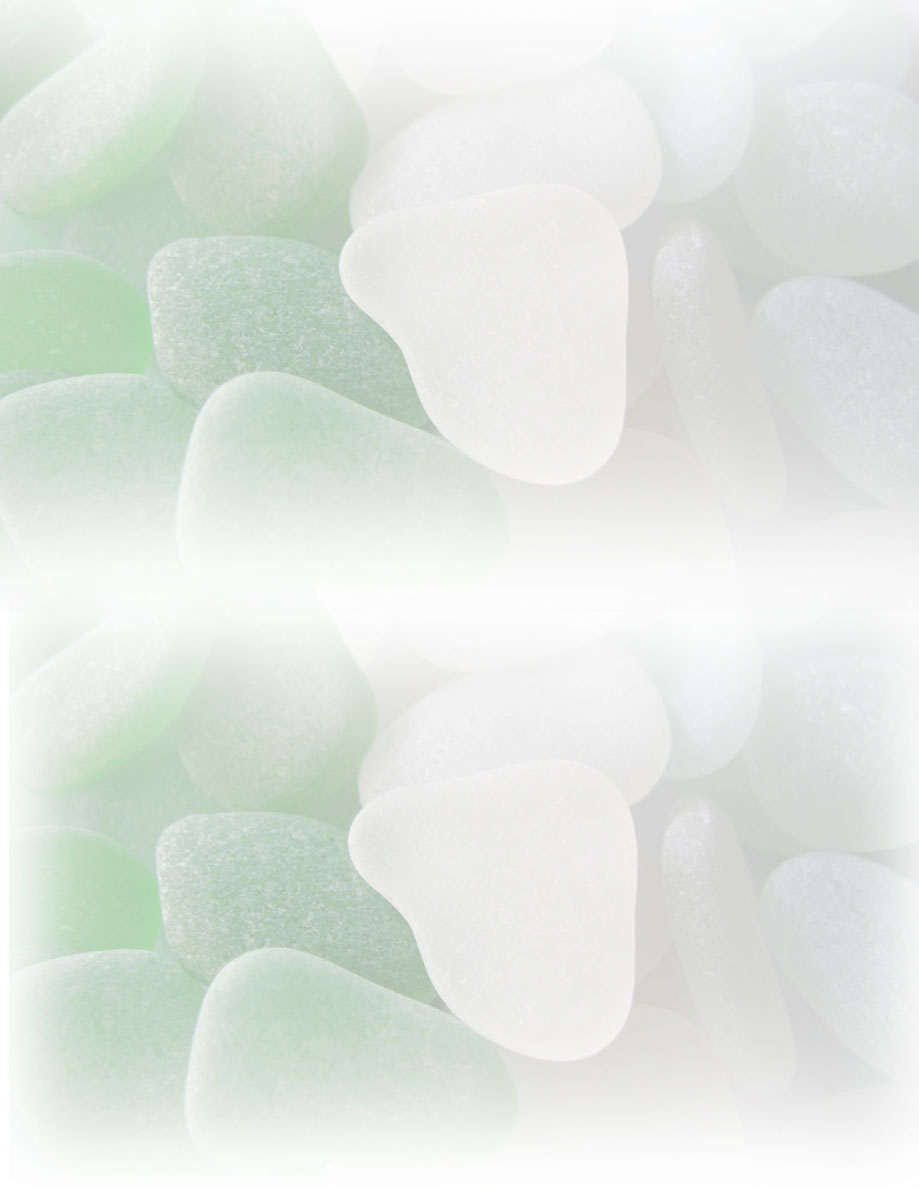


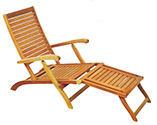

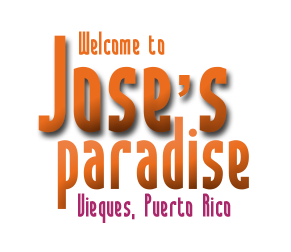
Overview
Isla de Vieques, one of the offshore islands of Puerto Rico, remains like the Caribbean of the past; quiet, lush, uncrowded with unparalleled natural beauty. The island has the largest natural wildlife refuge in the Caribbean covering 3,100 acres.

The island is home to the brightest bioluminescent bay in the world.
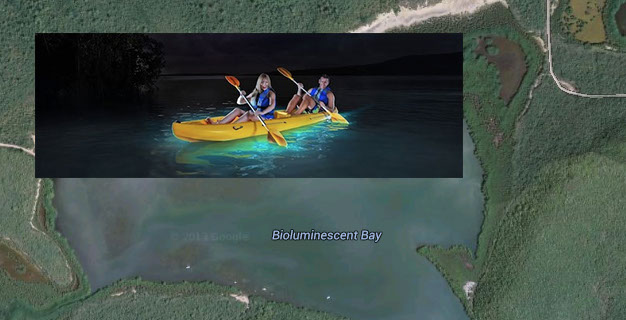
Vieques Island is blessed with spectacular beaches that rival any beach in the Caribbean islands. You will be mesmerized with waters that seem to have been painted by a master artist using coordinated shades of blue, turquoise and greens. Vieques Island is one of the true last undiscovered treasures of the Caribbean.
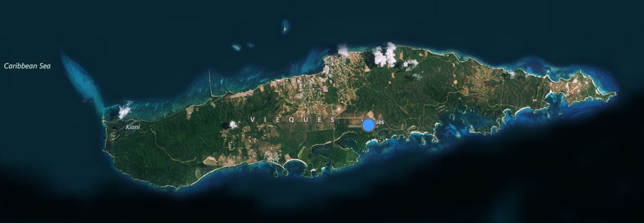
Geography
Vieques measures about 21 miles (34 km) east-west, and three to four miles (5 km) north-south. It has a land area of 52 square miles (130 km2) and is located about ten miles (16 km) to the east of Puerto Rico. To the north of Vieques is the Atlantic Ocean, and to the south the Caribbean. The island of Culebra is about 10 miles (16 km) north of Vieques, and the US Virgin Islands lie to the east. Vieques and Culebra, together with various small islets, make up the so-called Spanish Virgin Islands, sometimes known as the Passage Islands.
Climate
Puerto Rico has one of the most unvarying climates in the world. Temperatures year-round range from 75° to 85°F (24°-29°C). Vieques has a warm, relatively dry, tropical to sub-tropical climate. Temperatures vary little throughout the year, with average daily high temperature ranging from 82 °F (28 °C) in January to 87 °F (31 °C) in July. The island is wettest and hottest in August, averaging 81°F (27°C) and 7 inches (18cm) of rain. Persistent 19-knot (35 km/h; 22 mph) trade winds move from east to west across the island year round and help to make even the hotter summer months enjoyable. You will notice on the Annual precipitation chart below that the island of Vieque's receives far less rain then most areas on the main island :-)
The Hurricane Season -- The hurricane season, the curse of Puerto Rican weather, lasts -- officially, at least -- from June 1 to November 30. But there's no cause for panic. In general, satellite forecasts give adequate warnings so that precautions can be taken. The peaks of the season, when historically the most damaging storms are formed and hit the island, occur in August, September, October, and December.
This following link from the national weather service lists all of the hurricanes that have occurred since 1515!
http://www.srh.noaa.gov/sju/?n=tropical02
For more information visit Vieques.com

